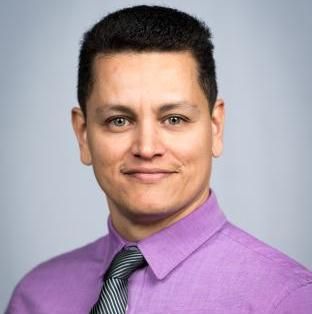Transgender Youth on Gender-Affirming Therapy are Less Affected by Sleep Disorders
The burden of sleep disorders is high among the transgender or gender-nonconforming population and this study evaluated the role of gender-affirming therapy on that relationship.
Ronald Gavidia, MD

According to recent data, adolescents and young adults who are transgender are 4 times more likely than their cisgender peers to have a sleep disorder. Specifically, this population is over 5 times more likely to experience insomnia and 3 times more likely to be diagnosed with sleep apnea or another sleep condition.
These findings revealed a distinct gap in care. Previous studies regarding transgender youth and adults have indicated a high prevalence of depression and anxiety, both of which have known impacts on sleep health.
Because of the lack of research regarding sleep disorders among these individuals, investigators called for more longitudinal assessments of sleep disorders to further understand the manifestation of the condition before and after gender-affirming therapy.
Understanding Sleep Health and Risks of Transgender Youth
Ronald Gavidia, MD, Division of Sleep Medicine, Department of Neurology, University of Michigan, and a team of investigators found that the presence of sleep disorders were lower in transgender and gender-nonconforming (TGNC) youth who were undergoing gender affirming therapy (GAT) compared with those who were not receiving therapy.
Transgender and gender-nonconforming individuals are much more likely to encounter sleep disorders compared with cisgender individuals, but because the role of gender-affirming therapy in sleep disorders is not well understood, investigators aimed to examine the relationships between TGNC identity, transition, and sleep disorders.
This large retrospective cross-sectional study focused on youth between the ages of 12-25 years who were diagnosed with transgender or gender-nonconforming identity.
Data were collected from a US-based administrative claims database and descriptive statistics estimated distributions of demographic and health characteristics according to gender identity. Unadjusted and age-adjusted logistic regression models were employed to assess identity, gender-affirming therapy, and sleep disorder associations.
Of the total 1,216,044 individuals identified between the ages of 12-25 years, 2603 (0.2%) were transgender or gender-nonconforming. From there, investigators identified 1387 individuals who pursued gender-affirming therapy; 868 were transmasculine and 519 were transfeminine.
The Relationship of Sleep Disorders and Gender-Affirming Therapy
Compared with cisgender youth, adjusted analysis showed TGNC youth were at increased risk of insomnia, sleep apnea, and other sleep disorders. However, the data also demonstrated that TGNC youth who were receiving gender-affirming therapy were at a significantly lower risk for any sleep disorder than TGNC youth who were not on gender-affirming therapy.
The majority of TGNC youth that pursued gender-affirming therapy showed half the risk for sleep disorders seen in those who did not pursue gender-affirming therapy. Investigators speculated that psychological stressors from prejudice and discrimination against the transgender community could impact the risk of poor sleep health and gender-affirming therapy may serve as a "protective" role.
"This study demonstrated a high burden of sleep disorders in TGNC youth in comparison to cisgender," investigators wrote. "However, GAT may confer a protective effect on sleep disorders among TGNC youth. Longitudinal assessments of sleep disorders prior to and post-GAT are needed to uncover their temporal relationships."
The study "Gender identity and transition: relationships with sleep disorders in US youth" was published in the Journal of Clinical Sleep Medicine.